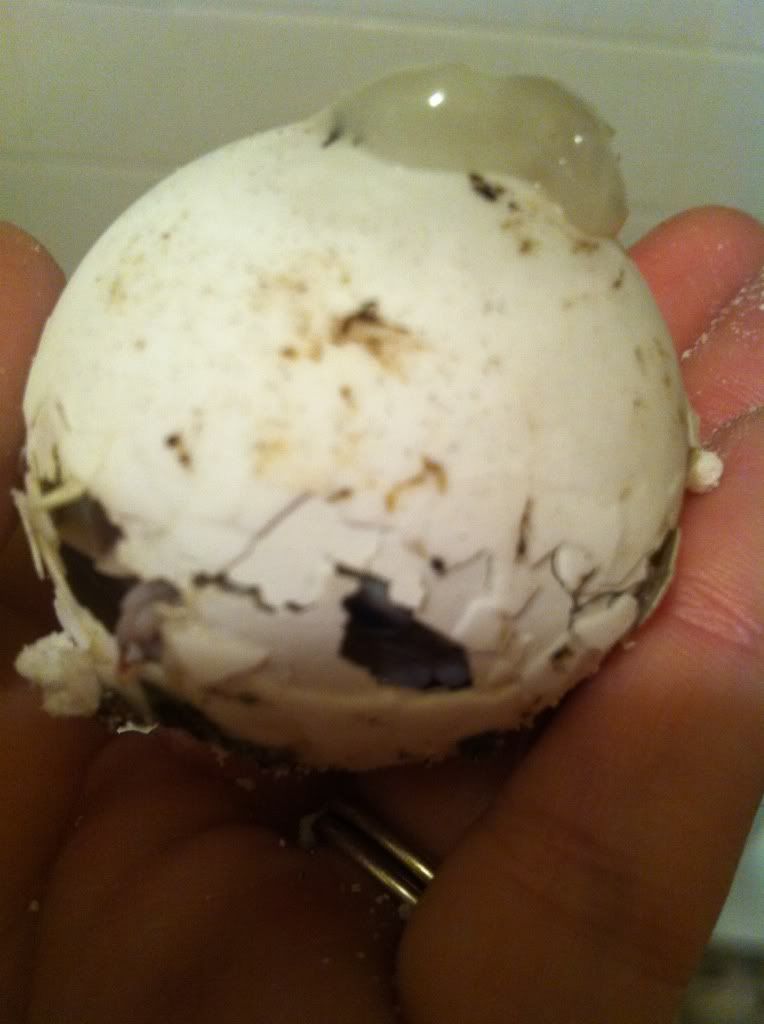I've experienced the same as Tom and Tyler. Last year I dug up a clutch underneath a tree and when I stood up I hit a branch and knocked the container of eggs over which cracked a couple. That ended up being the clutch with the most that hatched out.
Someone recommended I use New Skin on the cracked eggs, I didn't and they hatched out OK, but that might be an idea if you are concerned.
Someone recommended I use New Skin on the cracked eggs, I didn't and they hatched out OK, but that might be an idea if you are concerned.
